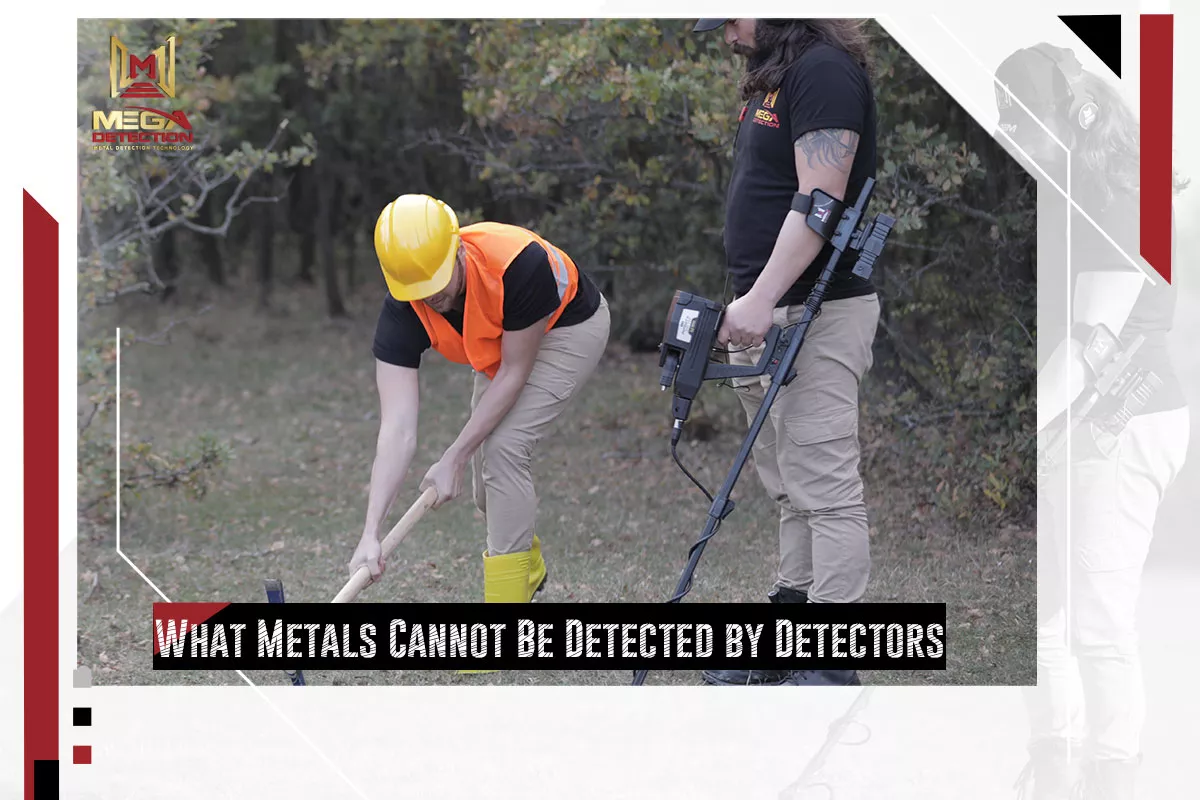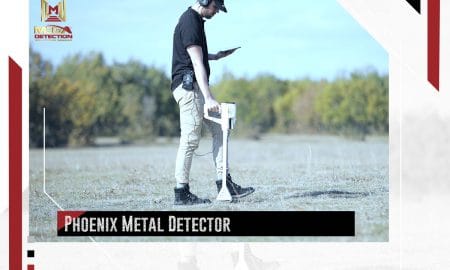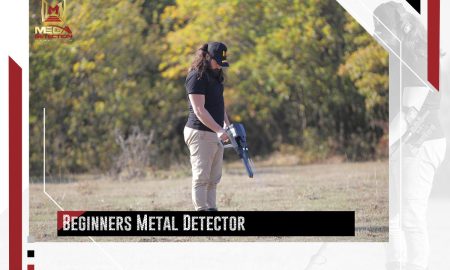What Metals Cannot Be Detected by a Metal Detectors?
What Metals Cannot Be Detected by a Metal Detectors?
What metals cannot be detected by a metal detector? If you are familiar with this device, you know it can locate almost every metal buried underground. For this reason, you may wonder whether or not there are metals that it cannot detect.
A metal detector cannot find metals with low electrical conductivity. The device works by transmitting and receiving electromagnetic fields. Hence, metals need to be good conductors for it to detect them. The most challenging metal for a metal detector to detect is stainless steel.
Metal detectors work excellently for finding valuable objects like coins and jewelry. Since such a device can detect ferrous and non-ferrous metals, it can be pretty easy to pinpoint where your targets are buried.
So, this hobby can be worth the effort and time investment because you can find valuables that you can exchange for money.
However, what metals cannot be detected by a metal detector?
Metal detectors emit electromagnetic fields to locate metals buried underground. These electromagnetic fields change from time to time as the device listens to waves that come from conductive elements.
That said, a metal detector will not detect metals with poor electrical conductivity.
Stainless steel is an alloy of iron and chromium. The chromium content produces a thin film of chromium oxide on the surface of the steel. This layer is known as the passivation layer.
The passivation layer prevents the stainless steel from corroding. Additionally, this metal sometimes has other elements, such as silicon, carbon, and manganese.
Moreover, stainless steel is a non-ferrous metal, so it is one of the metals that a metal detector cannot detect. The reason is that it has low electrical conductivity.
Additionally, stainless steel has a low magnetic permeability. Meaning it cannot produce enough signal for a metal detector to recognize.
Titanium is a useful, strong, corrosion-resistant, and lightweight alloy. People utilize it in many products like dental implants and jewelry.
Like stainless steel, an ordinary metal detector cannot locate titanium as it has low electrical conductivity.
However, a particular type of metal detector can locate aluminum – the Very Low Frequency (VLF) metal detector. Such a device transmits single-frequency sine waves that are usually at high-pitched frequencies. This way, a VLF metal detector can locate low conductors. Still, you need to optimize the device to a particular setting to find titanium.
Ordinary magnets contain either iron or iron combined with copper, cobalt, or neodymium. These metals are highly conductive, making it easy for metal detectors to locate them.
However, ceramic ferrite magnets are ceramic compounds mixed with iron oxide, strontium, nickel, and zinc.
There are only low amounts of the said metals found in ceramic ferrite magnets. For this reason, this type of magnet almost has no conductivity. As a result, metal detectors will not be able to detect it.
Metal detectors are high-end devices. They do not work on magnetism but rather by detecting electromagnetic fields. For this reason, the device can detect both ferrous and non-ferrous metals.
Ferrous metals consist of iron. Such a type of metal is corrosive and magnetic. They are known for their durability, hardness, and strength. Some examples of ferrous metals are alloy steel and cast iron, both detectable by a metal detector.
On the other hand, non-ferrous metals, such as copper and aluminum do not contain iron. For this reason, non-ferrous metals are non-magnetic. Some non-ferrous items are coins and jewelry, which a metal detector can also detect.
That said, metal detectors can locate almost all types of metals. The reason is that the device works by transferring an electromagnetic field from the search coil into the ground. However, it is essential to note that there are metals that a metal detector cannot detect.
Once the electromagnetic field hits a metal target, it will retransmit an electromagnetic field into the device’s receiver coil. Any metal target will send a signal regardless of whether it is ferrous or non-ferrous.
For this reason, there are only a few metals that a metal detector cannot detect. These metals have low electrical conductivity, making it impossible to create an electromagnetic field.
A metal detector is a device that consists of a search coil and a receiver coil that transmits and receives electromagnetic fields, respectively. It also has a loudspeaker for alerting the operator in the presence of metals.
As mentioned, metal detectors locate metals underground using an electromagnetic field. This factor makes both ferrous and non-ferrous metals detectable. That said, these devices can detect all metals as long as they are electrically conductive.
In addition, a metal detector can find ferrous meals better due to their magnetic properties. On the other hand, non-ferrous metals are detectable due to their electrical conductivity.
A metal detector’s ability to detect all types of metal can be troublesome if you are looking only for a particular kind of metal. The reason is that there are a lot of metal pieces, such as aluminum foils, tin cans, iron nails, and screws, buried in the ground. These metals can interfere with what you are looking for, thus making the search more difficult.
Fortunately, metal detectors can ignore metals and focus only on the target you are seeking.












Leave a Reply